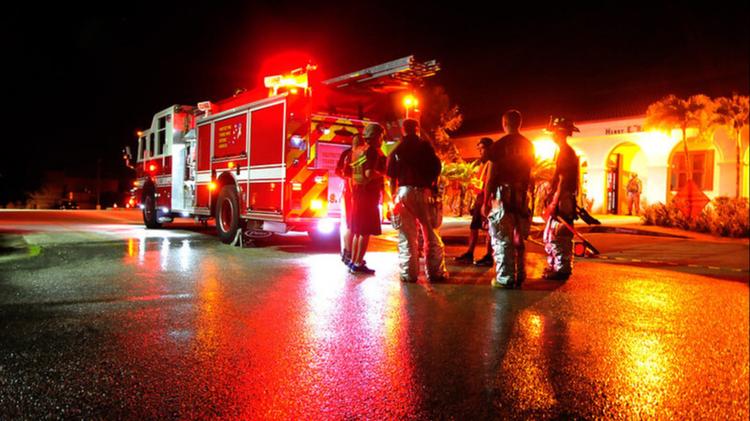
Innovations at the national emergency control room using smart technology
In the Netherlands, the National Control Room (NCR) plays a crucial role in coordinating emergency response through the 112 emergency numbers. In this blog, I will describe how new technology has been adopted to improve emergency responses throughout the country.
Cutting-Edge Technologies Behind the Scenes
The NCR response room receives different information sources about a potential emergency somewhere in the country. All this information is managed effectively by using Geographic Information Systems (GIS) technology and remote sensing sensors to monitor real-time emergencies. Every day more than 400 dispatches take place in the Netherlands (NIPV, 2022). Understanding the why and what kind of incident takes place is becoming easier as data is collected, processed and analyzed for emergency teams to get a better understanding of the incident by creating a scenario model. Therefore, the NCR needs to make use of cutting-edge technologies to deliver scenarios that are quickly created and trustworthy to use during an emergency.
Scenario Modeling for Efficient Emergency Response
When an emergency notification is received at the NCR, a model is constructed to identify the type of event, such as a fire or car accident. This model goes through a checklist of static questions, supplementing background information with dynamic data from various sources, including sensors and cameras. After that, the NRC used smart city pilots such as smart cameras to understand crowd density or sound analysis to detect danger, if available. The result is a scenario model of the incident that is shared with stakeholders to provide emergency services during an incident.
Data Quality and Reliability
The creation of such models comes with challenges. Apart from just collecting the data, the data quality needs to be of high quality too. With the growing availability of data sources in the public domain comes the challenge of distinguishing fake from legitimate scenarios. The increase in sensors raises the likelihood of false positives. This is a severe drawback of data-driven operations, which can harm the adoption of these innovations if the people working with these models don’t trust them anymore. To ensure data reliability, the NCR employs advisory groups to validate pilots and assess compliance with regulations.
Citizens initiatives
Citizen initiatives, like Burgernet and AED resuscitation, are integrated to facilitate emergency response by providing information and or first aid when located near an incident. See the links for the criteria for citizens to join these initiatives.
Open Source and Transparency
A notable goal of the NCR is to become open source, sharing data for reuse by other public sector entities. A governance protocol manages the level of detail to assess who will have access to what type of information. This protocol will support transparency of incidents throughout the Netherlands and support policymakers with data-driven insights on where services can be improved to reduce the number of incidents. In the Netherlands, we see that more governmental organizations make their code publically available for the public to verify and create spin-off features using these data sets. All aim to better understand why and how dispatch responses can be improved and support the NCR and emergency teams to save lives.
Future-Oriented Thinking
With a focus on self-development and controlled growth, the NCR aims to stay at the forefront of innovations. The ability to rapidly establish internal systems, not relying on external parties, gives the NCR an advantage in anticipating and implementing new technologies. Collaboration with external partners remains an option, but the core lies in the ability to innovate and evolve internally.
In the dynamic realm of emergency response, the National Control Room in the Netherlands emerges as a pioneer, where technology, organisational culture, and citizen participation converge to ensure societal safety. If you like to learn more about the NCR, see the link.
Get in touch with smart city consultants
Are you interested in a business partner that can support you with remote sensing, data management and smart cities. Or what to use open source data in your business processes, then get in touch with Robert from Smart City Consultants.